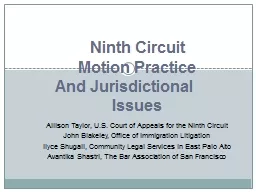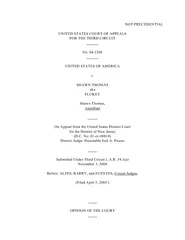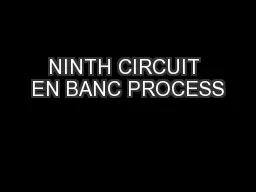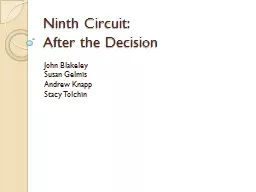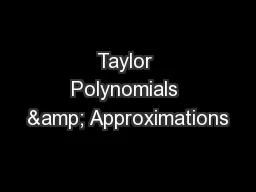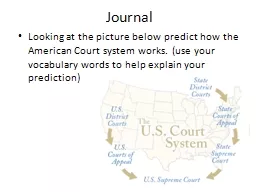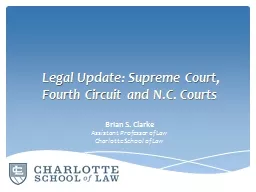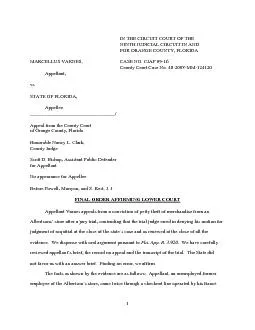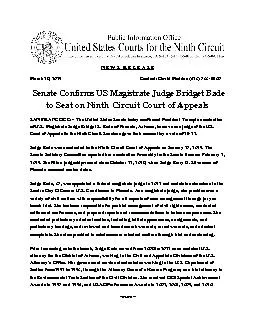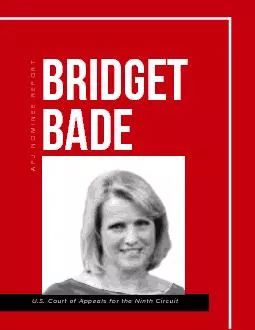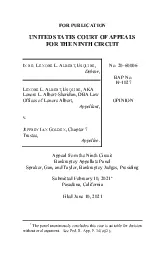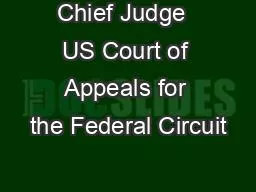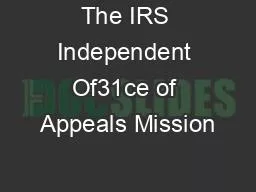PPT-Allison Taylor, U.S. Court of Appeals for the Ninth Circuit
Author : alida-meadow | Published Date : 2017-05-22
John Blakeley Office of Immigration Litigation Ilyce Shugall Community Legal Services in East Palo Alto Avantika Shastri The Bar Association of San Francisco Ninth
Presentation Embed Code
Download Presentation
Download Presentation The PPT/PDF document "Allison Taylor, U.S. Court of Appeals fo..." is the property of its rightful owner. Permission is granted to download and print the materials on this website for personal, non-commercial use only, and to display it on your personal computer provided you do not modify the materials and that you retain all copyright notices contained in the materials. By downloading content from our website, you accept the terms of this agreement.
Allison Taylor, U.S. Court of Appeals for the Ninth Circuit: Transcript
Download Rules Of Document
"Allison Taylor, U.S. Court of Appeals for the Ninth Circuit"The content belongs to its owner. You may download and print it for personal use, without modification, and keep all copyright notices. By downloading, you agree to these terms.
Related Documents

